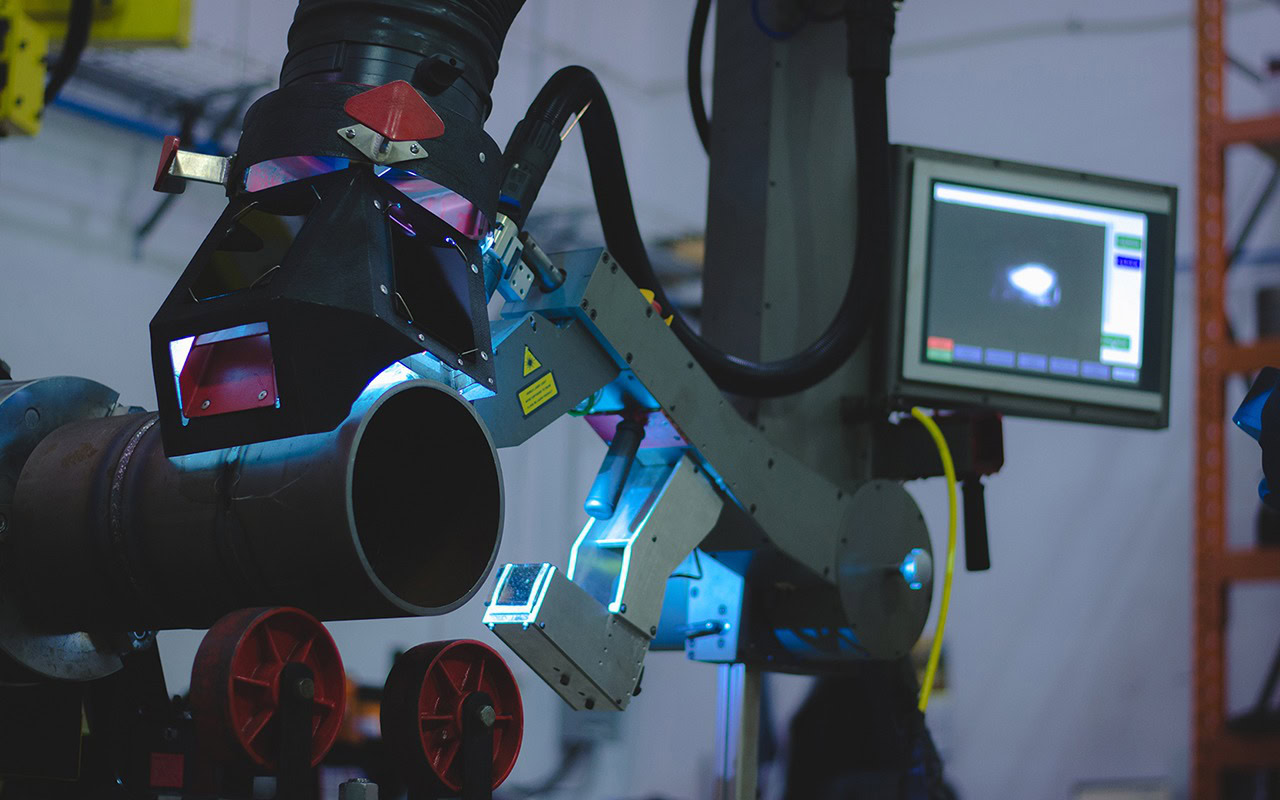As a fabricator, you may experience growing pains as your company handles increased demand. These pains often include productivity and labor issues, and pipe welding automation is an excellent solution to eliminate them. But how do you know when to automate your pipe welding? Below are five signs you may need to automate:
1. Struggling to find qualified welders?
The pipe welding industry is currently experiencing a major labor shortage crisis, and according to the American Welding Society, there will be a shortage of about 400,000 welders by the year 2024. This crisis is expected to affect many industries including oil and gas, shipbuilding, water and wastewater, as well as chemical and nuclear plant construction. If your company is operating in an industry affected by the labor shortage crisis, then you need to think about automating your pipe welding process.
Implementation of collaborative welding robots is a great way to solve these labor shortage challenges since they increase the productivity of your crew and allow junior and less skilled welders to do the job of qualified highly-skilled welders.
2. Losing projects to competition?
Highly qualified and skilled welders are expensive, and the labor shortage problem in the pipe welding industry drives the labor costs even higher for pipe shops. In addition to rising labor costs, with the new Section 232 steel tariffs for pipes and raw fabrication materials, the material cost of fabrication will also increase. As a result, fabricators will have to compete with overseas competition who have a labor and materials advantage. In this case the only way to compete and win projects would be to automate the pipe welding process. By using collaborative welding robots, your company can reduce costs per joint welded by up to 75% and attain less than one-year payback.

spool welding robot
3. Late delivery is causing unsatisfied customers?
If your delivery of prefabricated pipe spools is behind schedule, you might not only have to pay penalties to customers and overtime to employees, but will also risk losing customers to your competition. Many fabricators have established their competitive advantage by their industry leading delivery of projects. This is another case where pipe welding automation can ensure projects are done on schedule. Using automation such as collaborative welding robots can relieve the main production bottleneck of fabrication – which is pipe welding.
4. Cannot meet the demand without hefty expansion costs?
If you are running your plant at capacity and are struggling to meet the demand, you might be looking at hefty expansion costs of building a new plant. But there is a more cost efficient way to increase the capacity without having to increase your fixed cost dramatically. Having high fixed costs also makes navigating the cyclical nature of fabrication very difficult. If the markets you serve are expected to see an increase in demand, automation can potentially save you from having to take this extra risk. Collaborative welding robots for instance, increase productivity of pipe shops by up to 4 times and increase welder efficiency without changing the production flow. Therefore, companies can scale up more easily. Having a scalable operation will also help you bid on bigger projects without having to increase fixed costs.
5. Inconsistent weld quality?
To create high quality welds pipe welders need to make instant decisions about oscillation, torch angle, travel speed, and weave amplitude. Humans are prone to error, and manually producing repeatable and consistent high-quality welds has proven to be extremely difficult. Weld consistency typically deteriorates during an 8 hour shift as welders become tired. If your company struggles with creating consistent quality welds, then automation can be a major benefit. Collaborative welding robots are able to control weld parameters by taking the torch out of the welders’ hands, and therefore repeatedly create high-quality welds.
Want to know more about maximizing your pipe spool or pressure vessel welding productivity? Contact us now!
